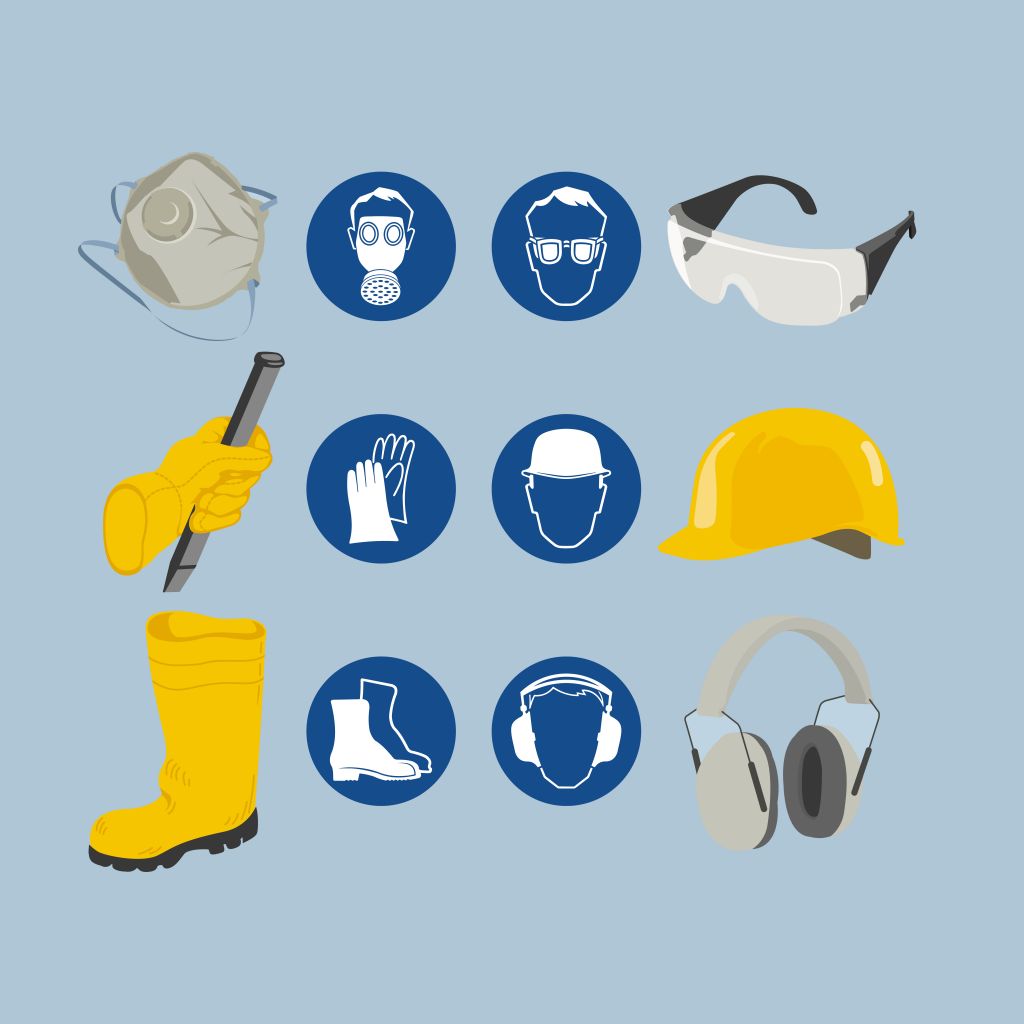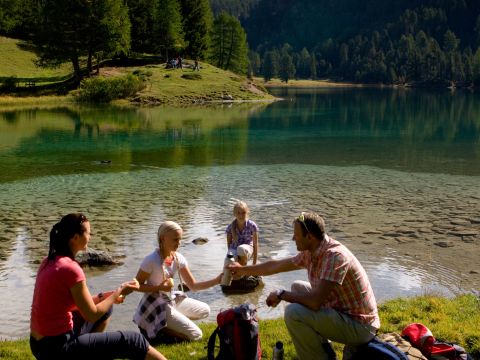Safety in the construction of the new Albula Tunnel

The RhB’s top priority is to ensure the well-being of its passengers and employees. This naturally applies as much to the normal working environment as it does to the major construction project involving the Albula Tunnel. A project-specific concept has therefore been drawn up to ensure the safety of everyone involved in construction work and identify and implement the required tunnelling precautions.
Safety on site
The general safety regulations for construction work apply throughout the site. Personal protective equipment is therefore a basic part of each employee’s kit. A special challenge is posed by rail traffic in the stations that coincide with the construction site, as these are the places where moving trains meet building work.
The main rules for working on or near the tracks are as follows:
-
Warning equipment must be in operation whenever work is taking place near the tracks.
-
No entry to the track area unless absolutely vital for operational purposes.
-
Working areas are to be equipped with acoustic alarms or warning lights.
-
A safety supervisor must be on duty, and obeyed accordingly, whenever work is taking place on or near the tracks.
Safety in tunnel construction
An underground construction site (inside a mountain, in this case) supposes additional hazards. It is for this reason that the construction of the new Albula Tunnel is subject to a whole series of measures designed to improve safety. Examples include the obligation to use personal protective equipment with lamps and breathing apparatus, along with a system of access control designed to confirm the presence those working in the danger areas of the tunnel.
Being prepared for an emergency
Thanks to great efforts and a careful approach, the risk of on-site accidents has been greatly reduced. Nevertheless, unforeseen events can still lead to accidents wherever people congregate. If such an exceptional situation should ever arise, a detailed set of emergency procedures will be applied to ensure prompt rescue and medical care for those affected.
The emergency and rescue plan includes the following procedures:
Alarm
-
The prompt sounding of a loud and clear alarm will help ensure the efficient management of events and the arrival, as soon as possible, of emergency assistance and medical care.
Rescue plan
-
Trained members of staff are stationed on site, ready to intervene quickly and with the right equipment and skills in the event of a fire or an accident requiring first aid.
Emergency crew equipment
-
The emergency crews in Bergün and Samedan are equipped with dual purpose road-rail vehicles. There is a helipad at each tunnel entrance for emergency airlifting purposes.
Communications
-
In the event of an emergency, those responsible for communications concentrate on the most important information. Site workers receive regular training and instruction regarding escape routes and assembly points.
Rescue drills
-
Regular rescue drills are held to test the knowledge of those involved and practice safety procedures.

